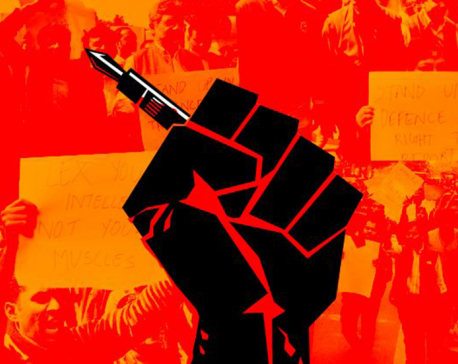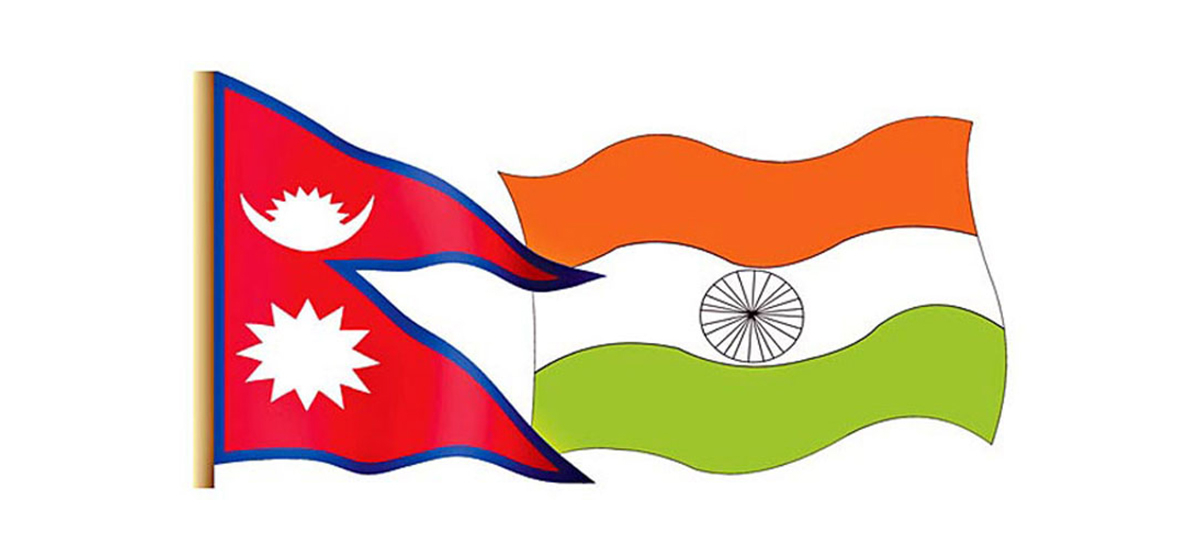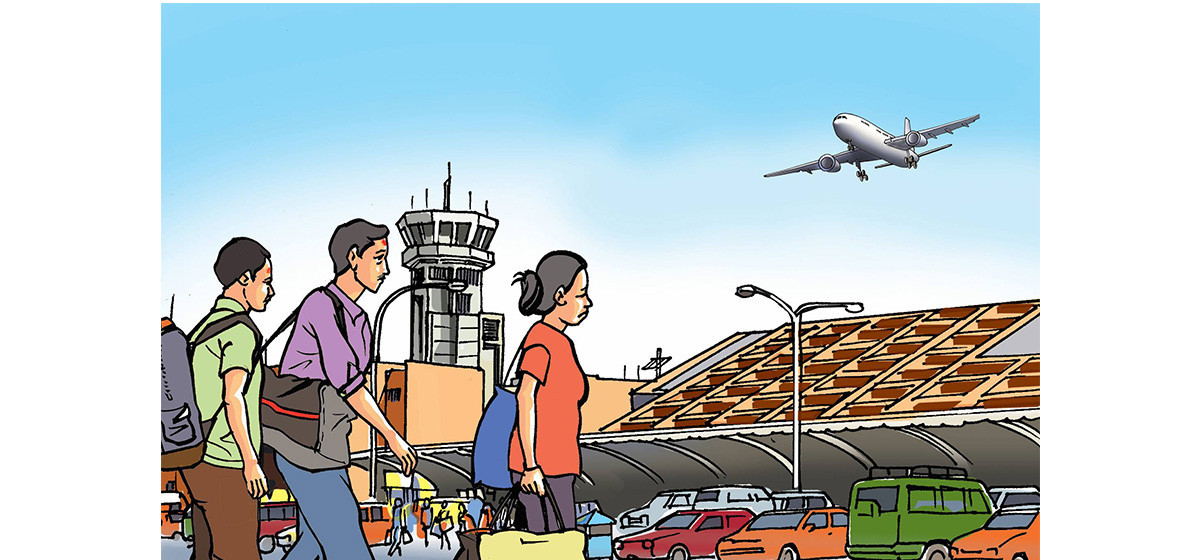
OR
Unsafe schools in Nepal
According to the government’s Post Disaster Needs Assessment (PDNA) report on last year’s earthquakes, over 8,200 community schools were affected, with 25,000 classrooms completely destroyed. Over 22,000 classrooms were partially damaged. Likewise, nearly 4,000 classrooms of private schools were partially damaged. A year after the earthquakes, most of these schools are running regular classes from their unsafe premises; either in the damaged buildings or in temporary shelters. Shockingly, there is no monitoring to ensure the safety of these damaged buildings and temporary camps where hundreds of thousands of small students go to study every single day. This makes recurrence of tragic accidents like the one that took place at Taukhel, Lalitpur on July 1st—when a wall, weakened by incessant rains, collapsed into the building of Pushpanjali Secondary School, killing two students and injuring 25 others—increasingly likely. A government panel formed to investigate the July 1st accident has blamed both land developers (who had built the offending wall while plotting areas around the school) and school operators of ‘gross negligence’ in ensuring the physical safety of students. But not just the schools in earthquake-prone regions are unsafe.
There are 34,000 public and 6,000 private schools across the country. According to the Department of Education, tentatively, 60 percent of school buildings in the country can be considered ‘partially safe’. The remaining 40 percent are ‘unsafe’. The reason so many school buildings are considered unsafe is that as many as 90 percent of them are being operated from buildings that were originally constructed for residential purposes. And yet there has been no specific survey on the condition of school infrastructures. And thanks to the weak writ of the state, even sensible safety measures are being resisted. For instance back in March the Ministry of Education had issued a directive making it mandatory for all schools, both private and public, to make their buildings earthquake-resistant and to construct duel exits and ramps for disabled students. But most private schools have refused to abide by the directive, saying that the three-year timeframe is ‘impractical’. With the earthquakes fading from public memory, perhaps these schools hope that the new building codes will also be forgotten in due course of time and they will continue to make do in the old, dangerous buildings.
This must not be allowed. Luckily, the first big earthquake on April 25th, 2015 was on Saturday. Most schools were closed. Otherwise, given the poor safety record of most of our schools, there could have been huge casualties among school-going students. These schools should not be allowed to play with the lives of young students, many so young they are incapable of making informed decisions on their own. As the probe committee into the July 1st wall collapse has recommended, the school officials who allowed classes to be run so close to an unsafe wall must be handed with severe punishments for their egregious neglect. It should set a strong precedent, sending out an unmistakable message that those who endanger the lives of small students don’t deserve any mercy. There is also an urgent need to strengthen the now at best patchy monitoring mechanism to evaluate the safety of existing school buildings. This is the least we can do for the little ones who trust the adults to do the right thing on their behalf.
You May Like This

Danger zones for journalists
No country in South Asia enjoyed complete press freedom in 2017. Afghanistan was affected by conflict, Nepal and Sri Lanka... Read More...

Dengue dangers
Dengue dangers are looming once again, this time from Dharan. Doctors at BP Koirala Institute of Health Sciences (BPKIHS) have... Read More...

Danger of country going into foreigners' hand: Bijukchhe
Bhaktapur, Sept 11: President of Nepal Majdoor Kisan Party Narayan Man Bijukchhe has said that there was increasing danger that... Read More...





Just In
- Weather expected to be mainly fair in most parts of the country today
- 120 snow leopards found in Dolpa, survey result reveals
- India funds a school building construction in Darchula
- Exploring opportunities and Challenges of Increasing Online Transactions in Nepal
- Lack of investment-friendly laws raises concerns as Investment Summit approaches
- 550,000 people acquire work permits till April of current fiscal year
- Fixing a win by outlawing dissent damages democracy
- MoHP cautions docs working in govt hospitals not to work in private ones











_20220508065243.jpg)
Leave A Comment